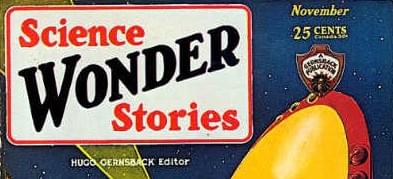I recently read The Silent Spring by Rachel Carson – a sad admission for a third-year environmental science student. This book is the starting point for anyone interested in environmental conservation, and largely precipitated the entire culture of environmental monitoring in the United States. As I read through the beautiful imagery and prose I was struck by how Carson’s arguments, which were groundbreaking in the 60s, remain current even now.
Carson wrote of the need to reduce our reliance on pesticides – then DDT, now neonicotinoids – and the need to use biological forms of control, currently being discussed in the context of gene drive technology. Although science has moved forward, the issues at the core of Silent Spring remain relevant today. This 56-year-old book makes an impassioned plea, with a higher level of scientific information, than most writers do today.
Yet The Silent Spring remained accessible enough to attract more than 100,000 readers in its first three months on the shelves. It created enough understanding and public concern to be instrumental in the changing of regulations on DDT and the founding of the American Environmental Protection Agency.
It is not that we are currently devoid of effective science communication. After all the conversation around plastics has been reinvigorated as a result of Blue Planet 2. However, the idea of a scientific book affecting change to the levels that Silent Spring did is difficult to imagine today. You can barely open a newsfeed without seeing a new cure/cause for cancer or some miracle vitamin that promises something improbable under the guise of science. Mainstream science communication tends to feed a public’s need for easy answers, for quick fixes, and the peculiar need to medicalise the normal challenges of life.
It is true that scientific disciplines are becoming increasingly specialised, making them less accessible. To the vast majority of us, nanoparticles and quantum mechanics seem beyond the realm of understanding. As a result, society’s interpretation of science is at risk of becoming a series of faith-based positions – the language and numbers esoteric, to be understood only by the scientific elite. You need only look at history to see that this, in turn, breeds dissatisfaction and divisiveness – climate change deniers, creationists and flat earthers abound.
It seems paradoxical for science to become increasingly inaccessible, at the exact same time that educational standards are rising, information is becoming widely available, and scientific questions are more and more pressing.
Is there a solution? Well, partly. It can be found in Carson’s book; a strong narrative. She weaves a tale around the facts. Bringing information into a narrative doesn’t just allow people to understand more easily, it gives them the desire to understand.
A narrative that draws the reader in will enable them to engage with sometimes difficult topics. Unfortunately, this creates the risk of forming faith-based positions, bypassing the critical part of the readers brain. The challenge for a science communicator is to provide a narrative without corrupting the facts.
After all, science is about finding the truth, and if people need emotional context to accept the facts then that is what we should give them. The stories behind science, engineering, and maths today are fascinating – we are on frontiers we never could have predicted, and balancing on precipices we had hoped to never reach. The world is not in a position to wait. These stories must be told, and it is the responsibility of the scientific community to tell them.







